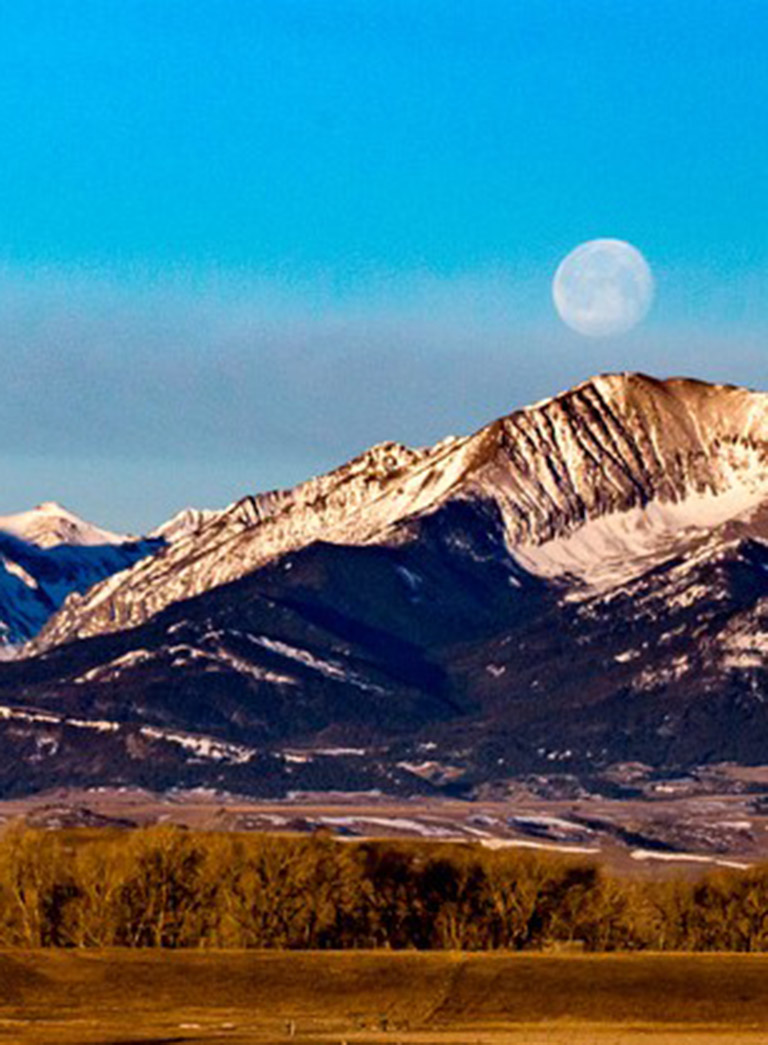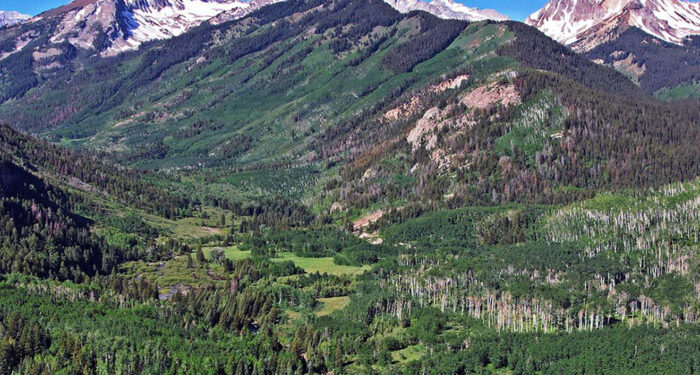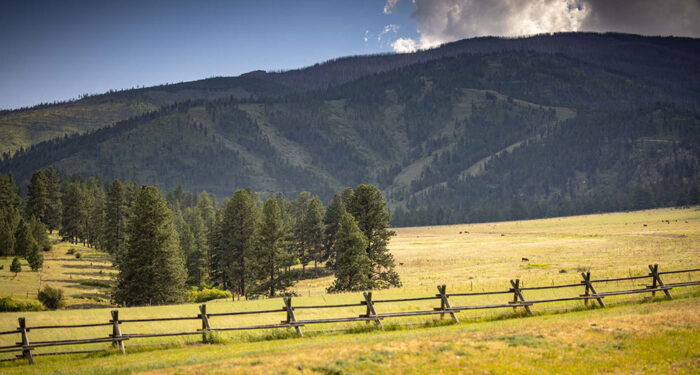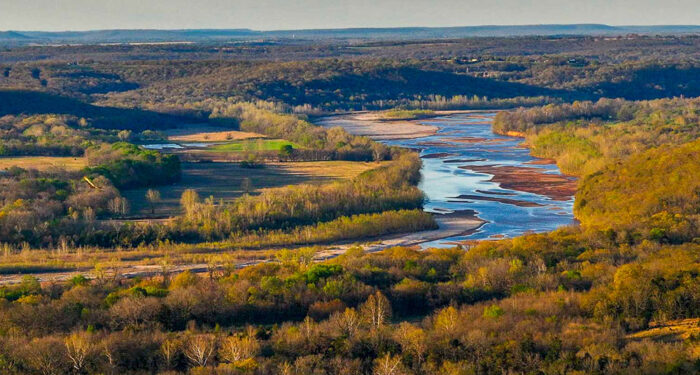Ever wonder what it’s like to be a cattle rancher in Montana in the winter? Check out this video for a behind the scenes look at feeding cattle in the cold, snowy weather. Lots of work goes into keeping cattle safe, happy, and warm during winter.
Cattle must be in good shape during fall to ensure that they will be able to handle the tough winter weather – “With adequate condition at the start of winter and good maintenance throughout, most animals winter well. But, without adequate nutrition, anything else we do is set up for failure.”
An adequate, balanced diet may merely mean adding a trace-mineral supplement to native pasture, some good hay, a protein supplement if grass becomes too dry, or hay if the grass becomes depleted or snowed under. If a cow is deficient in protein or phosphorus through fall and winter, she won’t rebreed on time after calving. Plus, thin cows are unable to handle the stress of bad weather and lose more weight. And, it takes more feed to put weight back on a cow during cold weather.
If you manage pastures properly – without overgrazing or running out of grass – forage-efficient cows won’t lose much weight during fall or winter grazing; they generally gain weight after weaning calves and go into winter with fat reserves.
Many factors influence a winter-feeding program. These include climate and grass growth; whether pastures snow under and can’t be grazed; the available forage your climate or operational design (irrigated vs. non-irrigated pastures, forage varieties, crop aftermath, etc.) allows; and the type of cattle. It’s most profitable to match the cattle to your feed sources rather than try to feed cattle not fit to the environment.
https://hallhall.com/todays-extreme-winter-weather-impacts-tomorrows-crop-farming/
Be sure to check out our previous post about how winter weather can affect crops all across the nation.




